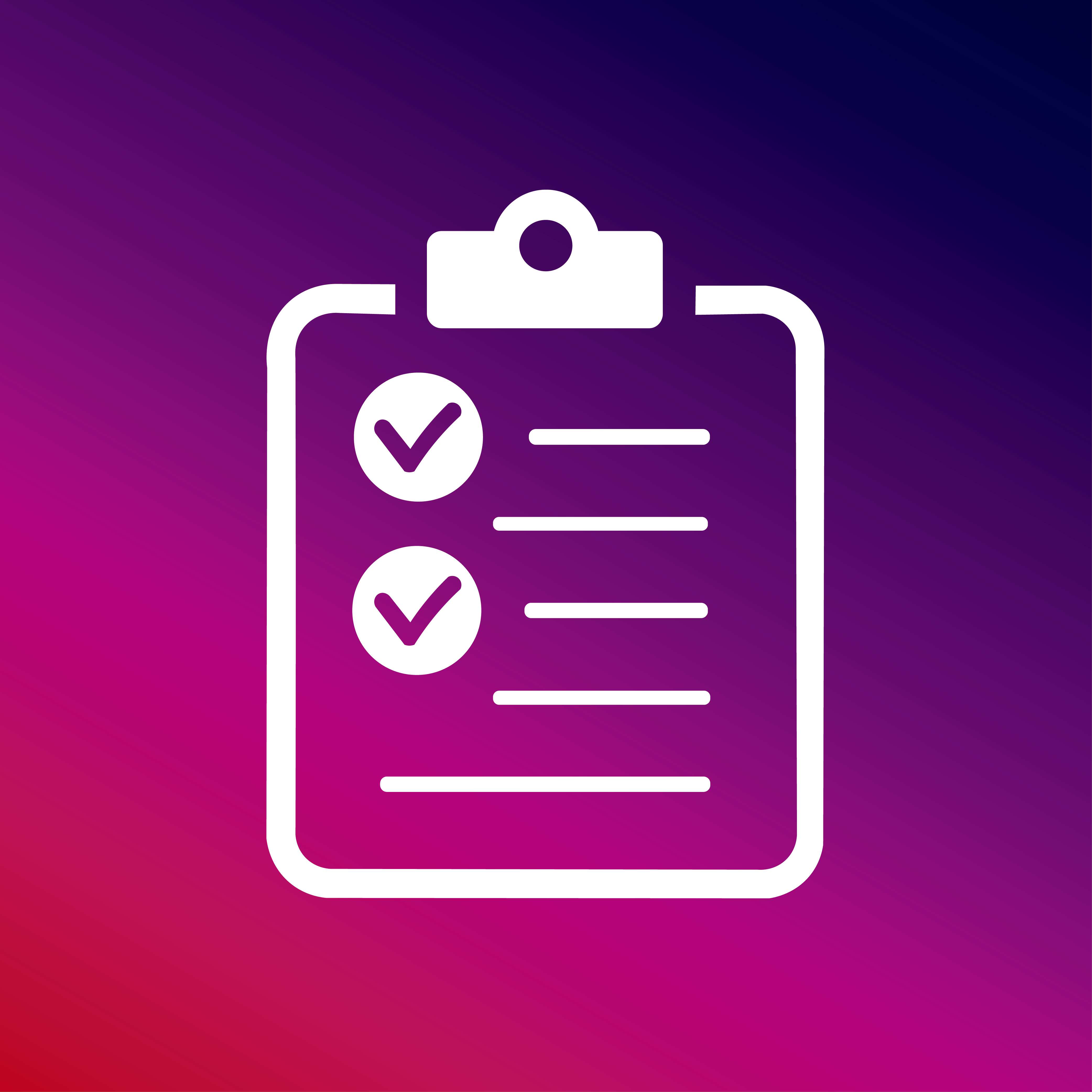Speeding Up Slow Loading Pages

Slow loading pages result in poor conversions. Here are a few guidelines, best practices and links to help your site go from poor performance to high performance with just a little tweaking.
Crunch the graphics
Since browsers have to make a connection for each image on a page, the more images, the longer the load time. Limiting the number and size of graphics can help. But where do you start?
- There are programs available which help website designers quickly resize, compress and optimize any image for use on the Web. Irfanview, Easy Image Software, and a webmaster favorite - the gif and jpeg cruncher at SpinWave.
- Do it yourself by reducing image dimensions, reducing the number of colors, and reducing the quality. While software like Photoshop is best, WSM has outlined three good image software alternatives for you cost-conscious readers.
Dump The Tables
Now while we should be throwing rotten tomatoes at you for not using CSS (cascading style sheets), if you insist on using tables, try to break them up into smaller modules or use them for what they were intended - tabular data. Large tables can negatively impact load times and slow loading web pages result in poorer conversions. Veerles Blog features many great links to help site designers learn about working with CSS. If you already have a CSS file and need some basic tweaking, review our Tweaking CSS post from back in March 2006.
Size Matters
Knowing the size of your pages and why they are so large is key. Is the problem bulky images or over formatted text? While text by itself does not present a major problem, it will if the formatting is complex (lots of style attributes for example) - which is why you should be using CSS. As large pages with lots of code load slowly here are a few solutions to help improve load times by decreasing page size.
Split Up Long Pages: Splitting long pages into multiple pages makes content show up faster and will please the people that become frustrated or discouraged by long scroll bars. Ideally this will result in more conversions. Plus, search engines just love more content. Try breaking copy up into more reasonable lengths - ie. onto individual pages.
Keep Your Code Clean: There is simply no substitute for clean code. Most WYSIWYG (What you see is what you get) HTML editors often add unnecessary code such as empty tags (ie. ). Removing these tags will speed up your load time and you may just move up the search result pages if you code is valid. You can learn more about markup validation (and check your sites existing code) at W3C - https://validator.w3.org/.
Use External Scripts
If you use the same script on multiple pages consider switching to an external script. Loading javascript files from one source instead of adding line after line of code to each of your pages will force the browser to cache the file so it will not have to re-read the file each time it loads another page. This can shave a good deal of time off page loading and it's very easy to implement:
<script type="text/javascript" src="yourscript.js"></script>
Summary
Reducing page loading times have always been an important step in improving usability and user accessibility. Big load times are no fun, so implement these best practices today and go from low performance to high performance today. Test your webpage loading time now.








